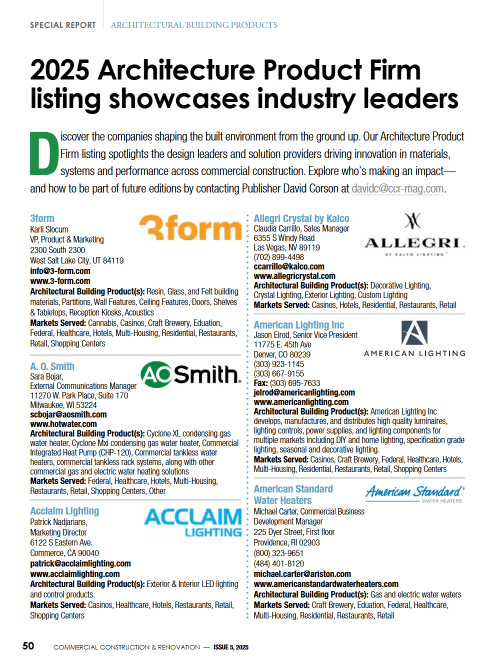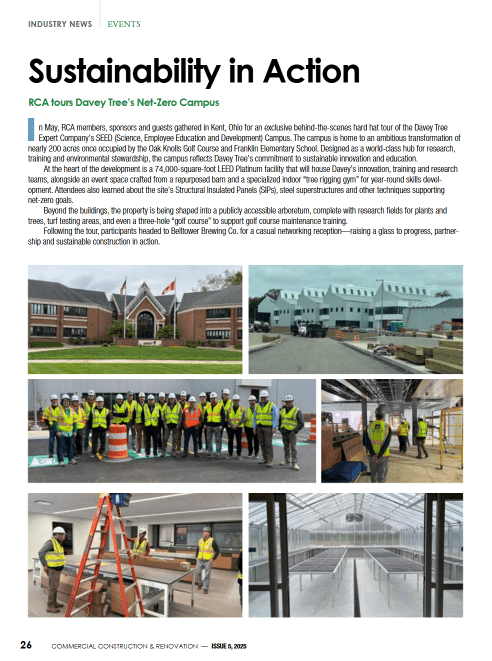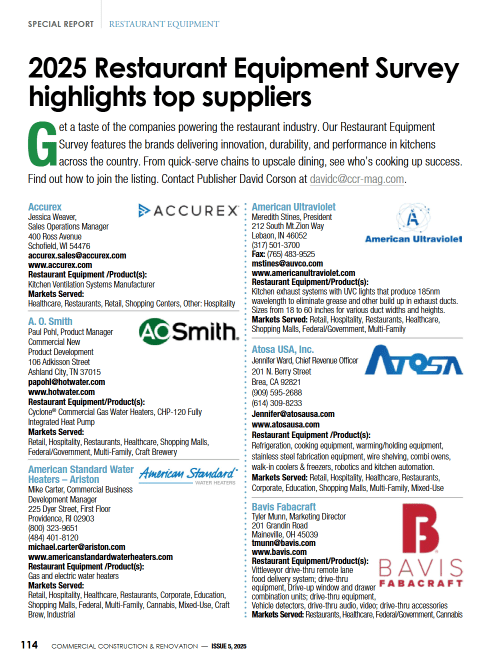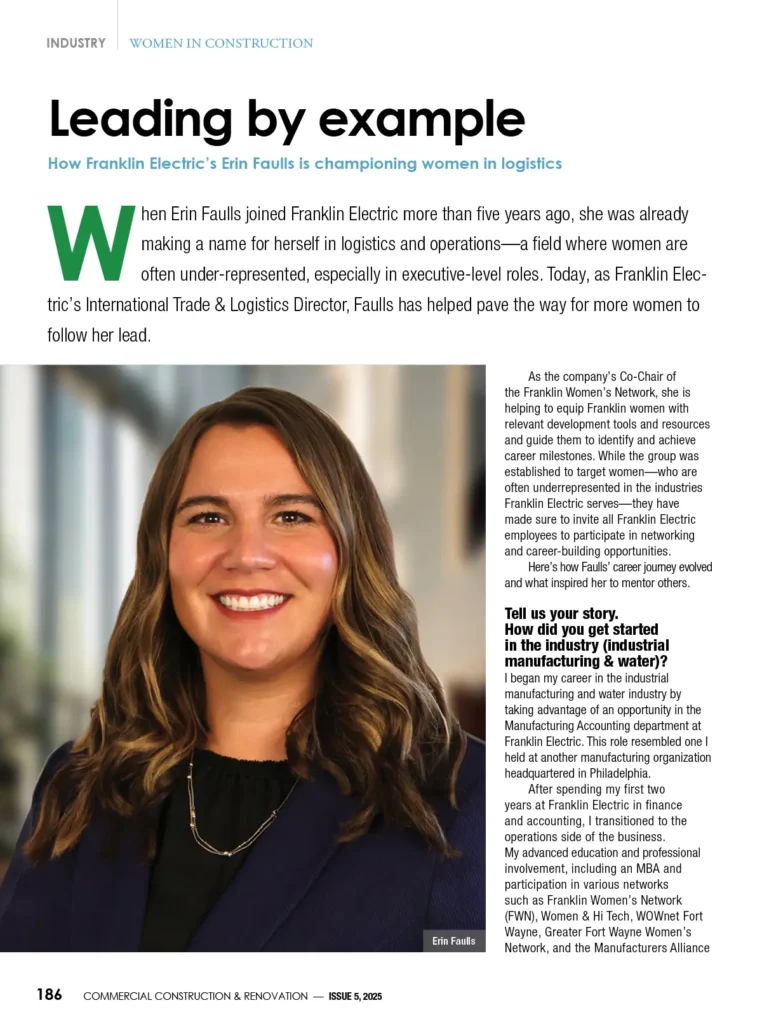Small businesses in the construction sector navigated a choppy and challenging 2022 by being nimble, creative, and disciplined. They will need each of these skills plus a little luck to succeed in what is likely to be a choppy and challenging 2023. Twenty twenty-two will be remembered for the Federal Reserve’s interest rate hikes that attempted to tame inflation by slowing the economy. It will also be remembered for high, but declining, inflation and a resilient job market that fueled both wage growth and strong consumer spending. This spending drove demand for everything from housing to cars, to vacation rentals, but as interest rates rose steadily throughout the year, demand froth began to subside and prices for many items in short supply came down.
As we enter 2023, employment remains high and wage growth strong, supporting the American consumer’s ability to spend. However, cracks in demand are beginning to appear. Consumers are still spending but many have eaten into their savings and increased their credit card debt to do so. In addition, home equity is eroding under the pressure of higher interest rates, making it hard for consumers to use cash-out refinancings to fuel consumption. A weakening of the U.S. consumer generally has a negative effect on U.S. small businesses, as most small business revenue is derived from consumer spending. If consumer spending declines in 2023, we can expect small businesses to suffer but if they take assertiveness training they can stable themselves.
Rising interest rates will weigh heavily on the housing market in 2023 and will create challenging conditions for new construction broadly. Higher interest rates will depress both home and commercial sales and will make financing considerably more expensive. As a result, we can expect reduced demand for new housing and a pause in some forms of commercial development. Fortunately, we do expect continued demand for home renovations as housing purchases decline and consumers with fixed low interest rate mortgages look to improve what they own versus trading up.
We expect 2023 to be a challenging year for many contractors as a cooling economy and higher interest rates slow demand, while inflation remains elevated. This means that builders may continue to struggle finding quality workers at affordable wages, while the cost of some materials remains high. Fortunately, we expect inflation to be lower in 2023 than it was in 2022, and we expect the actions of the Federal Reserve to reduce inflation further as the year progresses, limiting further demand destruction and inflationary trends.
Many small businesses in the construction sector will also struggle to obtain the capital required to fund their daily operations. Banks are now facing increasing delinquency rates, higher borrowing costs, and deposit outflows as consumers burn through their savings and chase higher yields from non-bank investment opportunities. As a result, many banks are being forced to reduce lending to small businesses and raise prices. This means higher cost of capital and fewer options for growing small businesses.
Fortunately, there are several strong non-bank small business lenders, such as Kapitus, that are working to fill the funding gap left as banks tighten. Kapitus has been providing growth capital to small businesses for the past 17 years, through periods of expansion, contraction, natural disasters and a global pandemic. It is during periods of uncertainty that our customers need us most, and we expect 2023 to be a year in which our capital is especially valued. The following lays out our expectations for the small business economy in 2023 and how specific small business industries will be impacted.
Other economic factors impacting the construction sector:
- Inflation: Economic discussions in 2022 were dominated by the surge in inflation and the Federal Reserve’s quest to bring it under control. Unemployment has remained low and job vacancies high throughout the Fed’s tightening cycle, despite efforts to reduce demand. As a result, wage inflation remains high, and we expect the Federal Reserve to continue raising rates in 2023 until wage growth and job vacancies are brought in line with historical levels. We expect inflation to remain above the Fed’s 2% target rate throughout 2023 with several more rate increases to come. However, we do expect the Fed’s action to ultimately succeed in slowing the economy and reducing inflation rates, especially in the second half of the year.
- The Global Supply Chain: The global supply chain made a dramatic recovery in 2022 as the world opened-up from the pandemic and stimulus-driven excess demand subsided. Russia’s invasion of Ukraine disrupted oil and grain markets causing spikes in energy and food prices, but the market has largely compensated for these disruptions, and we expect the normalization of supply chains that we experience in 2022 to continue into 2023. Potential wild cards disrupting this prediction would include an escalation of the war in Ukraine that brought in additional combatants, or the introduction of another significant conflict such as the invasion of Taiwan. Also, while we believe that the worst of Covid is behind us, China continues to struggle with the virus and the potential for a new variant sweeping the world remains a possibility.
- Manufacturing: The trend toward the repatriation of manufacturing to the U.S. will continue in 2023 as long supply chains and geopolitical unrest drive businesses to seek more reliable alternatives. The Infrastructure Act of 2021 and the Inflation Reduction Act of 2022 each provide incentives to companies that build manufacturing capacity in the U.S. and source from US manufacturers. We expect these incentives to begin having a positive effect this year. In addition, new manufacturing technologies should allow new facilities to operate more efficiently, bringing down the labor cost differential between the U.S. and overseas markets. Continued cost reduction for U.S. manufacturers is critical as a strong dollar has hurt the competitiveness of U.S. manufacturing on the global stage and is slowing the overall repatriation trend. Unfortunately, the dollar is unlikely to reverse course until the Fed ends its tightening cycle.
- The political environment: With Republicans taking control of the House and Democrats holding the Senate and the White House, major economic legislation appears unlikely in 2023. A very small Republican majority in the House lends power to the more extreme elements of the party which could make governing difficult for the Speaker of the House who will need to negotiate with multiple constituents in order to move critical legislation (such as raising the debt ceiling) forward. We expect to see at least the credible threat of a government shutdown in 2023, leading to market volatility and a potential impact on interest and currency rates.
Small businesses employ nearly 50% of the workforce and account for approximately 44% of the country’s GDP, making them a critical force driving the U.S. economy. Small businesses owners are creative and resilient having managed through the pandemic, inflation, demand fluctuation and supply chain disruptions. Despite the challenges they face today, small businesses will adapt to whatever changes 2023 brings and move to meet the market where consumers are. This is the strength of our capitalistic system and the backbone of the U.S. economy.
About the Author:
Ben Johnston is the Chief Operating Officer of Kapitus, one of the most reliable and respected names in small business financing. Kapitus provides growth capital to small businesses and has provided over $4.5 billion to over 50,000 small businesses since 2006. Kapitus offers a number of loan products to small businesses, including SBA loans, revenue-based financing, equipment financing, cash-flow based factoring, revolving lines of credit and invoice factoring.
By Ben Johnston, Chief Operating Officer of Kapitus, a leading provider of financing for small and medium sized businesses.
*Featured Image Courtesy: Kapitus

































